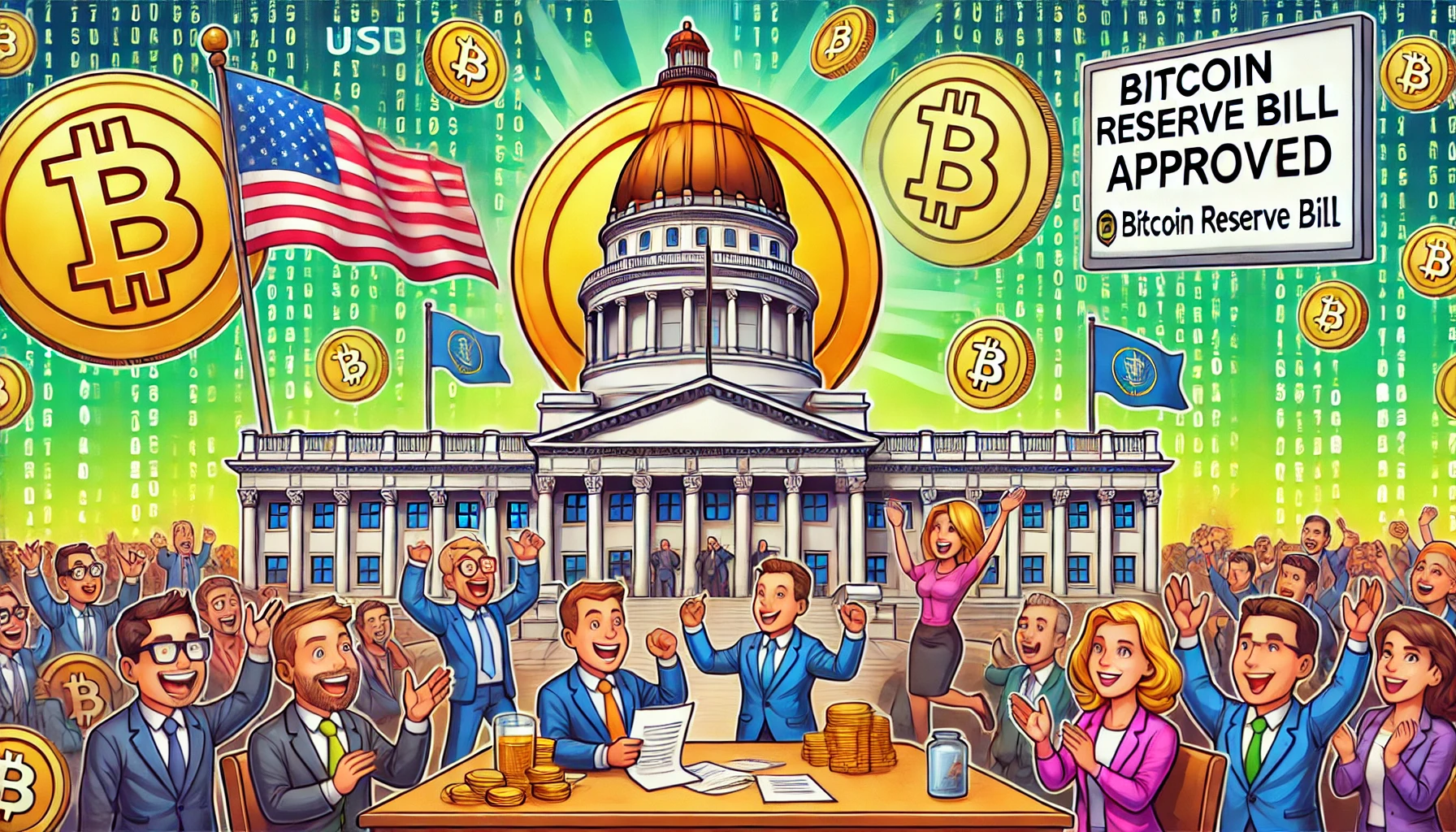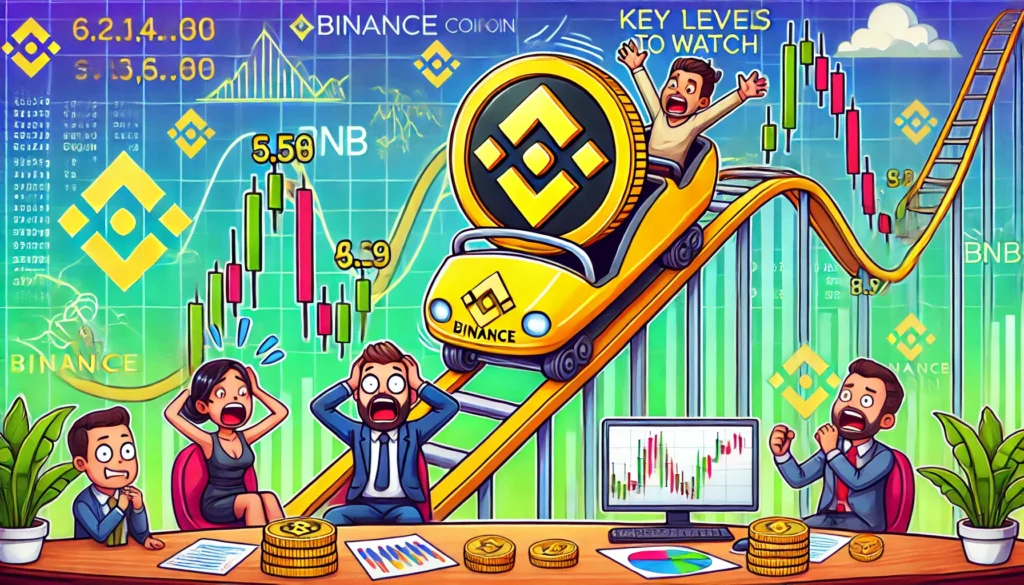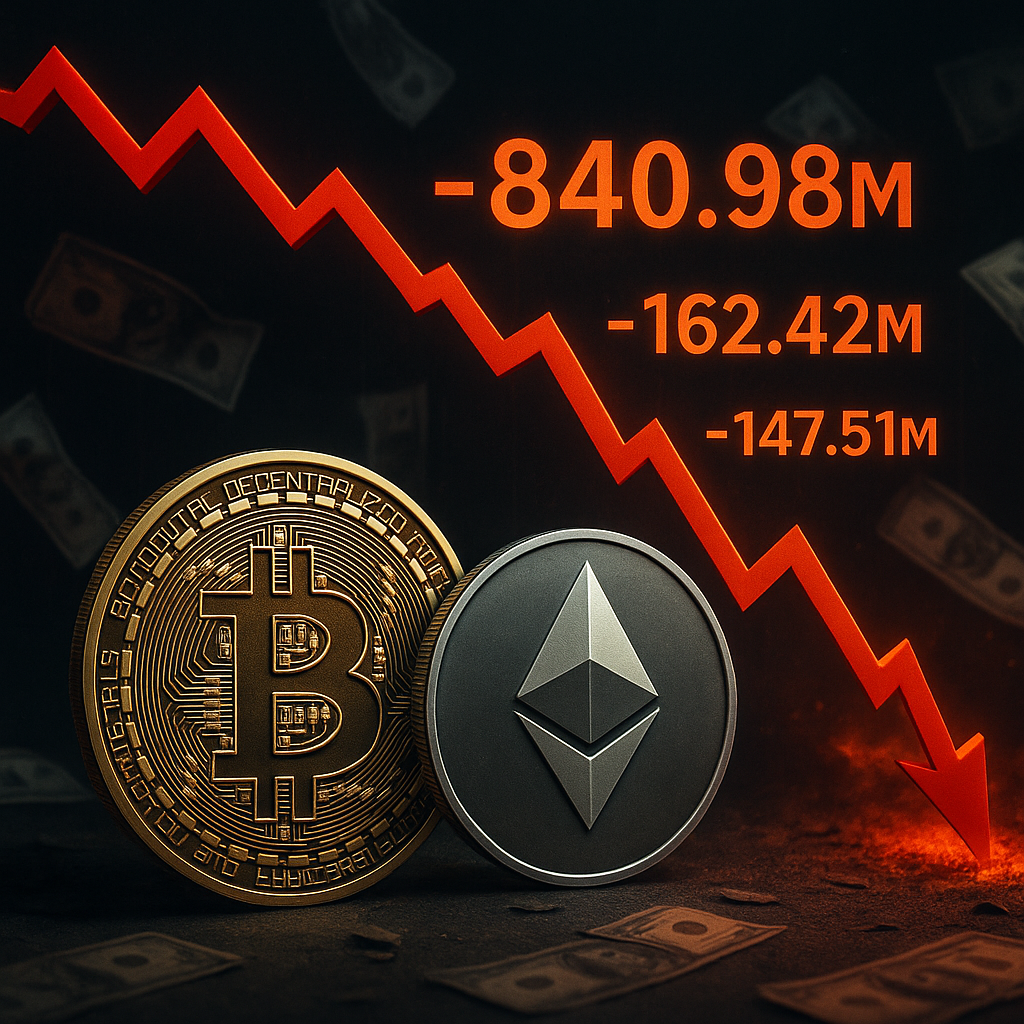What is cryptocurrency? At its core, cryptocurrency is a form of digital money protected by advanced cryptography, making counterfeiting practically impossible and eliminating the risk of double-spending. Unlike traditional currencies backed by governments, most cryptocurrencies operate on decentralized blockchain networks – essentially digital ledgers maintained by a global network of computers. This lack of central authority means no single entity, like a bank or government, controls the system, offering a level of independence that challenges conventional financial systems.
Cryptocurrencies Definition: How It Works
To fully grasp what is cryptocurrency, you need to understand blockchain technology. Cryptocurrencies rely on blockchain technology to record and verify transactions securely. Imagine a blockchain as a public spreadsheet duplicated across thousands of devices. Every transaction gets bundled into “blocks,” which chain together in chronological order. This setup ensures transparency while safeguarding against tampering – rewriting history would require altering every copy of the ledger simultaneously, a near-impossible feat.
Security is further reinforced by cryptography, which uses advanced mathematical techniques to scramble transaction information. Users hold a private key (like a secret passcode) to approve transactions securely. These keys also regulate how new cryptocurrency units are created, capping supply to prevent inflation and preserve value. Together, these features combat fraud and ensure each digital coin can’t be duplicated or spent twice.
Cryptocurrencies History: From Bitcoin to Altcoins
The story of what is cryptocurrency begins in 2009 with Bitcoin, the pioneer of decentralized digital money. Developed by Satoshi Nakamoto, the pseudonymous creator(s), Bitcoin offered an alternative to traditional banking systems plagued by centralized control and economic manipulation.
Bitcoin’s success sparked an explosion of alternative cryptocurrencies, or “altcoins.” Ethereum introduced programmable “smart contracts,” Ripple (XRP) focused on lightning-fast cross-border payments, and Litecoin prioritized quicker transaction speeds. Each altcoin carved out its niche, expanding crypto’s potential far beyond mere currency.
Bitcoin: The Trailblazer

Bitcoin isn’t just another cryptocurrency—it’s the original. Launched in 2009 by the mysterious Satoshi Nakamoto, Bitcoin pioneered the idea of decentralized money, cutting out banks and governments entirely. Today, it’s the crypto world’s household name, dominating the market with its massive value and widespread adoption. Think of it as digital gold: a store of value and a way to send money directly between people, no middlemen required.
Altcoins: Beyond Bitcoin
After Bitcoin proved decentralized currency could work, a wave of “altcoins” flooded the market. These alternatives aren’t just clones—they’re innovators. Take Ethereum, for example. It’s not just a currency; it’s a playground for developers to build self-executing “smart contracts” and apps that run without corporate oversight. Then there’s Ripple (XRP), designed to help banks move money across borders in seconds, slashing fees and wait times. Litecoin, often called Bitcoin’s lighter sibling, processes transactions faster, making it better suited for everyday purchases. Whether it’s privacy, speed, or niche applications, altcoins push the boundaries of what crypto can do.
Tokens: The Swiss Army Knives of Crypto
Tokens aren’t standalone currencies—they’re multitaskers built on existing blockchains like Ethereum. Imagine them as digital vouchers or membership passes. Some tokens grant access to apps or services (like using arcade tokens to play games), while others represent ownership in real-world assets, like shares in a company or even a fraction of a Picasso painting. Security tokens act like stocks, while utility tokens might let you vote on platform decisions or pay for cloud storage. Their flexibility makes them the backbone of decentralized ecosystems.
Cryptocurrencies How to Invest: A Step-by-Step Guide
Step 1: Pick Your Exchange
Getting started usually means signing up for a best crypto exchange—think of it as a digital stock market for coins. Platforms like Coinbase or Binance are user-friendly for beginners, letting you buy crypto with dollars, euros, or other traditional money. After creating an account, you’ll need to verify your identity (yes, that means uploading a selfie with your ID), which keeps scams at bay. Once approved, you’re ready to fund your account and start trading.
Step 2: Secure Your Stash with a Wallet
Once you own crypto, you’ll need somewhere safe to keep it. Enter cryptocurrency wallet app:
- Hot Wallets: These are apps or browser extensions (like MetaMask) connected to the internet. Great for quick access, but like leaving cash on your kitchen table—convenient, but risky if hackers sneak in.
- Cold Wallets: Think USB drives for crypto. Devices like Ledger or Trezor store your keys offline, making them nearly unhackable. Perfect for hodling (crypto slang for holding long-term) large amounts.
Step 3: Choose Your Payment Method
Exchanges let you buy crypto in multiple ways:
- Bank transfers are slow but cheap—ideal for big purchases.
- Credit/debit cards get you coins instantly, but fees add up fast.
- Crypto swaps: Already own Bitcoin? Trade it for Ethereum or Dogecoin in seconds.
Pro tip: Always double-check wallet addresses before sending crypto—one typo, and your funds could vanish into the blockchain void.
Is Crypto Even Legal? The Global Puzzle

Crypto’s legal status is a global patchwork quilt—some countries embrace it, others ban it cold. Places like the U.S. and EU treat crypto like property (think stocks or gold), taxing trades and tracking big transactions. But cross borders, and the rules flip: China slammed the door on crypto trading entirely, while India keeps everyone guessing with shifting policies. It’s like playing financial chess—what’s allowed in one country could land you in hot water elsewhere.
Playing by the Rules (Even When They Change)
Here’s the catch: ignorance isn’t bliss in crypto land. A tourist wouldn’t drive without checking local traffic laws, right? Same logic applies. Skipping tax reports on your Bitcoin gains? That’s asking for an audit. Forgetting to verify your identity on an exchange? Your account could freeze faster than a crypto winter. Savvy users treat regulations like weather forecasts—keep checking, because tomorrow’s rules might rain on your parade.
Crypto Safety 101: Don’t Get Rekt
Lock It Down
Imagine leaving cash on a park bench—that’s weak crypto security. Start with fortress-level passwords (no “password123” allowed!). Add two-factor authentication (2FA), which works like a double-locked door: even if hackers guess your password, they’ll hit a wall without that second code. Pro move? Store your crypto stash in a hardware wallet—a USB-looking gadget that keeps keys offline. Think of it as a digital safe buried in your backyard.
Dodging Crypto’s Dark Side
The crypto wild west has bandits:
- Phishing scams: Fake emails pretending to be Coinbase (“Urgent! Verify your account!”) that steal login deets.
- Pump-and-dump schemes: TikTok influencers hyping obscure coins before dumping their holdings.
- Fake wallets: Apps that look legit but siphon your crypto like a digital pickpocket.
Golden rule? If an offer sounds too good (“Turn 100 into 1M in a week!”), it’s probably a trap. Stick to well-known exchanges, double-check website URLs, and never share your seed phrase—it’s the master key to your crypto kingdom.
Why Crypto Wins Hearts (and Wallets)
Freedom from the Financial Middleman
Imagine a world where banks aren’t the gatekeepers of your money. That’s decentralization in a nutshell. Crypto hands you the reins—no waiting for approval to send funds or fearing account freezes. It’s like having a digital piggy bank that answers only to you.
Fee-Friendly Finance
Sending money abroad? Traditional services might scalp you with 10% fees. Crypto cuts that cost to pennies, especially for cross-border transfers. It’s why freelancers and small businesses are ditching PayPal for Bitcoin—more money stays in their pockets.
Banking the Unbanked
Over 1.7 billion people lack access to banks, but many have smartphones. Crypto bridges that gap, letting farmers in rural Kenya or gig workers in Venezuela join the global economy. All they need is an internet connection—no paperwork, no minimum balance.
Transparency You Can Trust
Blockchain is like a glass bank vault. Every transaction is visible, timestamped, and unchangeable. Suspicious about a payment? Trace it yourself. This openness combats corruption—no more “lost” funds or shady backroom deals.
The Crypto Catch: Why It’s Not All Rainbows

Rollercoaster Prices
Crypto’s volatility makes Wall Street look tame. Bitcoin might gain 20% in a day… then crash 30% overnight. It’s thrilling for traders but terrifying for anyone trying to buy groceries or save for retirement. Pro tip: Don’t invest your emergency fund.
Regulatory Whiplash
Governments can’t decide if crypto is the future or a fad. One day it’s legal tender (hi, El Salvador!); the next, it’s banned (looking at you, China). This uncertainty keeps businesses and users on edge—like building a house on shifting sand.
Hackers’ Playground
Crypto’s digital nature makes it a target. Even “secure” exchanges get breached (cough Mt. Gox). Lose your private key? Say goodbye to your life savings—no customer service hotline to call. It’s the Wild West, and not everyone survives the shootout.
Network Traffic Jams
Ever tried buying coffee with Bitcoin during a market frenzy? Transaction fees can skyrocket, and confirmations take hours. Ethereum’s gas fees once hit $200 for a simple swap—ouch. Until scaling solutions mature, crypto won’t replace your debit card.
The Bottom Line: Crypto’s Crossroads
Love it or hate it, cryptocurrency is rewriting finance’s rulebook. Bitcoin proved money could exist without governments, while altcoins like Ethereum unlocked smart contracts and decentralized apps. But the road ahead is bumpy: volatility shakes trust, regulations loom like storm clouds, and security gaps persist.
What’s Next?
The future hinges on three pillars:
- Tech Upgrades: Faster networks (hello, Ethereum 2.0!) and eco-friendly mining could solve scalability and environmental gripes.
- Regulation Clarity: Governments need to stop waffling. Clear rules could legitimize crypto while curbing scams.
- Mainstream Adoption: From Tesla accepting Bitcoin to Visa settling transactions in stablecoins, crypto’s seeping into daily life—but it needs to be as easy as Venmo.
Whether crypto becomes the default global currency or remains a niche asset, one thing’s clear: it’s forcing banks and policymakers to rethink money itself. Just remember—never invest more than you can afford to lose. The crypto revolution is thrilling, but pack a parachute. 🪂





